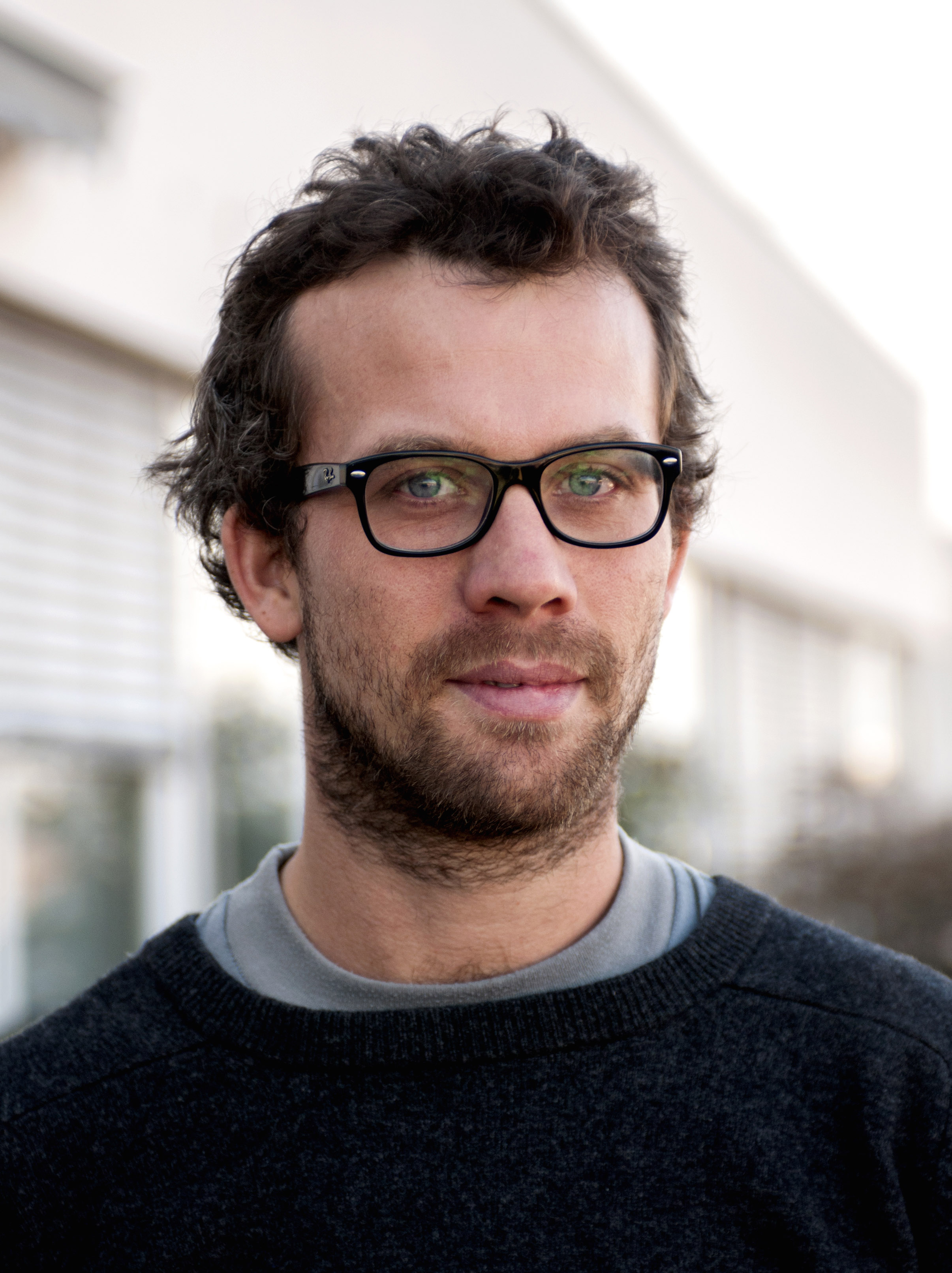Genome and chromatin organization
Chromatin, Enhancers, Genome editing
Research aim
Our research focusses on understanding how cells with the same genetic material can give rise to a multicellular organism containing numerous different cell types with highly specific functions.
About us
In the Kaaij group we study how the organization of the 3D genome is regulated and how its architecture impacts the regulation of gene expression. Throughout the process in which a fertilized oocyte gives rise to a full-grown organism the spatiotemporal regulation of gene expression is of pivotal importance. Recent efforts from the ENCODE consortium led to the identification of more than two million loci in the human genome with enhancer characteristics. This means that there are approximately hundred times more enhancers than genes in the human genome and it is currently poorly understood how gene-enhancer specificity and function is achieved. Nevertheless, diverse gene expression patterns and fine-tuning of spatio-temporal gene expression in cells are thought to be the result of differences in the regulatory landscape a gene resides in. The importance of this fine-tuning is exemplified by studies that identify mutations that are linked to disease states, called genome wide association studies (GWAS). Collectively, these studies result in the realisation that many disease-linked mutations are actually located in the non-coding genome. More specifically, many of these mutations are found in distal regulatory sites such as enhancers and CTCF binding sites. To allow better interpretation of the non-coding genome we study molecular mechanisms that regulate the folding of DNA inside of the nucleus and how this influences gene expression.

